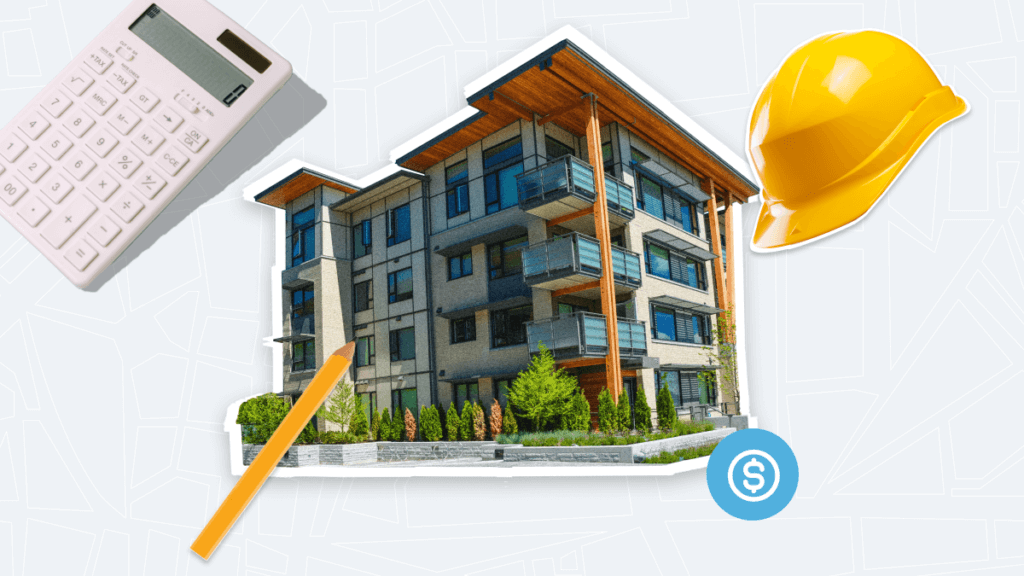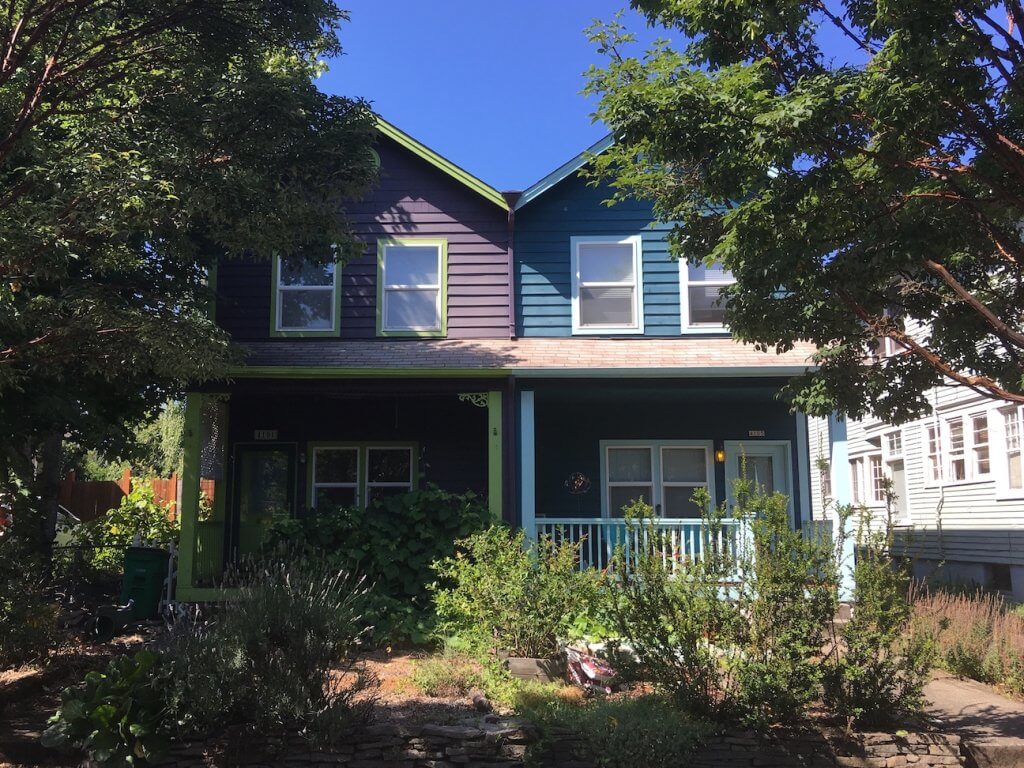NAHREP and Terner Center Survey Highlights the Impact of COVID-19 Pandemic on Small Landlords
Published On July 28, 2020
While the U.S. faces a global pandemic the likes of which we have not seen in more than a century, thus far many Americans have been able to make rent payments, at rates much higher than perhaps anticipated. Indeed a recent National Multifamily Housing Council (NMHC) survey of its members indicated that July rent collections had only dipped 2% relative to the same month, one year prior. But that seeming stability may be more fragile than we realize: half of adults are reporting that their household has lost employment income since mid-March, and countless businesses, large and small, have closed their doors for good, unable to make ends meet.
And the aggregate picture likely masks many more vulnerable pockets of true distress. For example, the NMHC survey largely excludes non-professionally managed rental properties of five or fewer units. Earlier this summer, the Terner Center partnered with the National Association of Hispanic Real Estate Professionals to conduct a survey of its membership—which disproportionately owns or manages small, often more affordable, rental properties—to dig deep into a subset of the rental market to gauge underlying economic vulnerability.
The results of the survey are sobering. A full fact sheet is available here. The majority of survey respondents—more than 80% of who own or manage buildings with fewer than 20 units—reported a decline in their rental income compared to the first quarter of the year. We should all be worried that one in four landlords have already borrowed funds to make ends meet and almost two in five lack confidence in their ability to make ends meet over the next 90 days.
If these properties fail, a cascade of negative outcomes ensue. The impacts to the renters themselves—including concerns of evictions and lack of basic upkeep and maintenance of their units—are dire. These properties also often represent a toehold into economic stability for mom and pop landlords. Rental revenue from these smaller properties can provide the security needed for loans to pay for their children’s education or provide a families’ primary source of retirement income: two-thirds of our survey respondents indicated that they expected their properties to contribute at least one-fourth of their retirement income. Furthermore, the failure of these properties means loss of maintenance jobs, declining property tax payments to municipalities, and bank foreclosures in the short term. In the long term, it may mean increasing consolidation of these properties by Wall Street-backed firms similar to what we saw with the acquisition of foreclosed single-family homes during the Great Recession, depriving communities of wealth-building opportunities and threatening to push up rents.
Over the last several months, the Congress has injected more funds into the economy than we did over the entire course of the Great Recession. And the Federal Reserve has boosted its balance sheet well beyond anything the nation has ever seen. This has forestalled financial distress for millions of renters and the individuals that rely for their livelihood on that rental revenue. But this pandemic is not done with us yet.
The results of this survey should be read as a blinking red light warning us that absent further action by the federal government economic collapse may be imminent for a huge swath of America. Today, debates are raging in Washington over whether and how to direct future disaster relief funds. As our Policy Director David Garcia and I discussed here, and as others have also argued elsewhere, the solution must be a combination of significant assistance for renters paired with a loan fund to aid owners exactly like those whom we have surveyed. The good news is that an overwhelming majority (83%) of those surveyed indicate their willingness to work with a government program if one becomes available; let’s take advantage of that opportunity to protect renters and vulnerable property owners alike.





